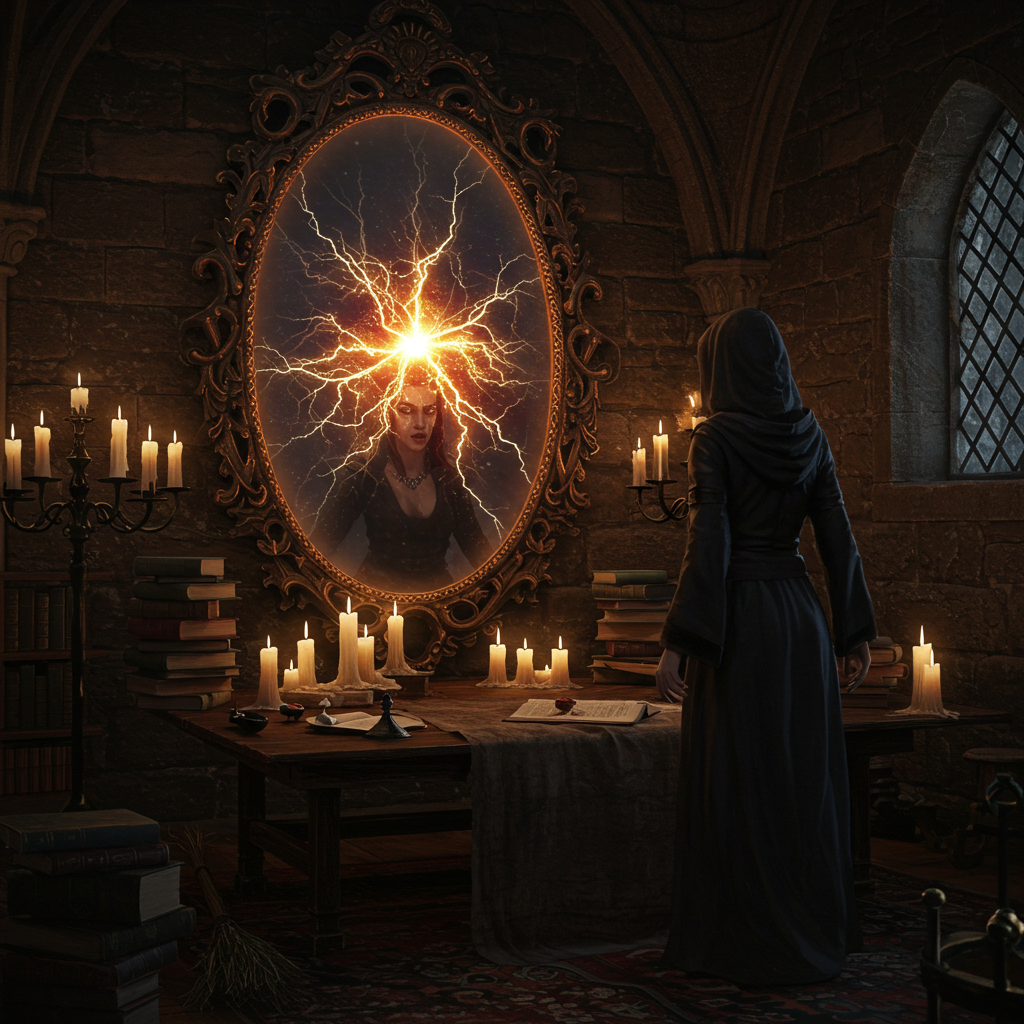According to witchcraft beliefs in early modern Europe, execution by fire was considered the only method capable of fully neutralizing a witch’s magical powers. Practitioners of witchcraft were believed to possess abilities so potent they could persist even after death—unless the body was entirely destroyed. Fire, as a symbol of spiritual purification across many religious traditions, was thought to annihilate not only the physical form but also the metaphysical residue that allowed continued magical influence.
The burning was believed to sever all remaining ties between the witch and any demonic entities or magical contracts. It also rendered the body unusable for necromantic purposes or magical reanimation, preventing others from summoning the witch’s spirit or using body parts for spells. In some practices, burning required specific religious rituals, including the blessing of the firewood, the use of certain trees like oak or ash for symbolic potency, and the recitation of protective prayers or scripture.



